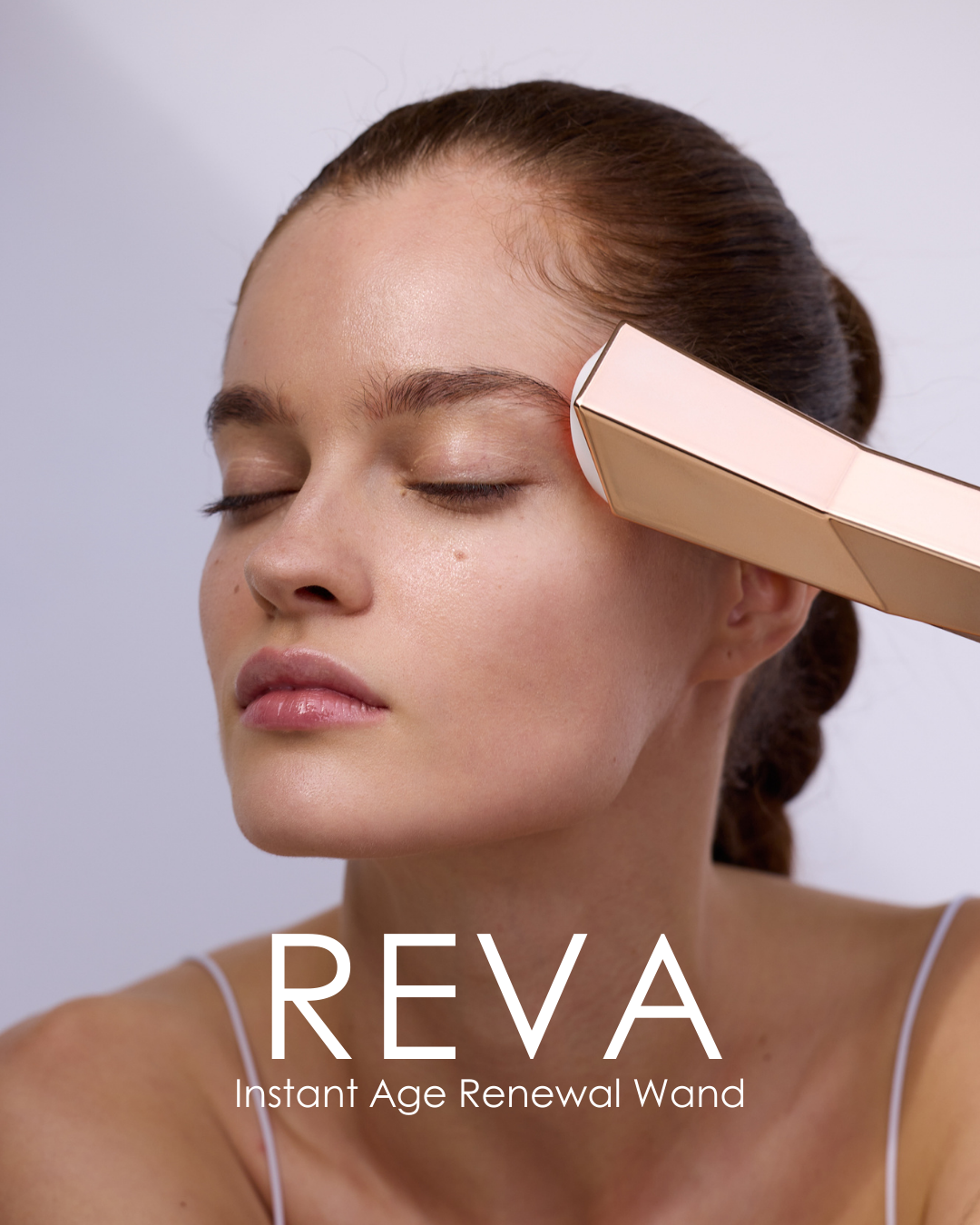
Can you use LED Light therapy to improve your skin barrier ?
IN THIS ARTICLE:
- 01 What Are The Functions Of The Skin Barrier?
- 02 What Disrupts Skin Barrier Functions?
- 03 How To Protect And Restore The Skin Barrier?
- 04 How Does LED Light Therapy Help The Skin Barrier?
How amazing is it to wake up each morning, knowing that your skin has a remarkable built-in defense system to shield itself from environmental stressors? It's like having a dedicated army that silently safeguards your skin, working tirelessly without you even noticing.
Unfortunately, as time passes, the skin's natural barrier also weakens, much like the decline of collagen. But is there a way to fortify this protective shield?
Scroll down for more information on this remarkable natural skin protection, how it's affected by internal and external factors, and how LED light therapy can help boost its protective functions.
1. What Are The Functions Of The Skin Barrier?
The skin barrier plays a crucial role in protecting your skin and overall health. Acting as a formidable shield, it serves as the first line of defense against harmful environmental factors and bacteria that could harm your body.
Located in the uppermost layer of the epidermis, known as the stratum corneum, the skin barrier functions to prevent water loss, thus maintaining proper hydration levels and preventing dehydration.
Interesting fact: the skin barrier has a natural acidity to it. This thin acidic film acts as a barrier against the growth of bacteria, viruses, and fungi, ensuring optimal skin health.
Imagine a life without a skin barrier. It is this vital component that keeps you alive and healthy. Therefore, it only makes sense to prioritize its care and maintenance when it comes to skincare.
2. What Disrupts Skin Barrier Functions?
Your skin barrier faces numerous environmental threats every day, some of which can cause irreversible damage. These threats include:
- Humidity - excessive moisture in the air can disrupt the balance of your skin barrier and weaken its protective function
- Pollution - environmental pollutants, such as smog and particulate matter, can penetrate the skin, leading to inflammation and compromising the integrity of the barrier
- Sun Rays - prolonged sun exposure and harmful UV rays can damage the skin barrier, resulting in dryness, redness, and increased vulnerability to other environmental factors
- Chemicals - harsh chemicals found in some skincare products or cleaning agents can strip away the natural oils and disrupt the delicate balance of the skin's protective barrier
- Overwashing - excessive cleansing can strip away the skin's natural oils, leaving it more susceptible to damage and dehydration
Internal factors can also contribute to the destabilization of the skin barrier. For instance, genetic predispositions, such as having a parent with psoriasis, can weaken the skin barrier, making you more susceptible to developing the condition. Psychological stress, such as lack of sleep and anxiety, can lead to a gradual deterioration of the skin barrier over time.
Did you know that the skin on your neck is just as vulnerable to damage as the skin on your face? It's essential to incorporate this area into your skincare regimen. With tools like the LightAura Plus, caring for your neck is effortless. Featuring a dedicated LED panel for the neck, this mask offers comprehensive care, promoting rejuvenation for both your face and neck
3. How To Protect And Restore The Skin Barrier?
Maintaining the health of your skin barrier is essential for overall skin health. Here are some simple ways to protect and restore it:
Streamline your skincare routine
Simplify your routine and avoid using too many products. This will minimize the risk of overwhelming your skin and disrupting the delicate balance of the skin barrier.
Choose a pH-balanced cleanser
Opt for a cleanser with a pH level between 4.0 and 5.0. This will help maintain the natural acidity of your skin, supporting a healthy skin barrier.
Consider using plant oils
Certain plant oils, such as jojoba oil or rosehip oil, contain beneficial fatty acids and antioxidants that can help replenish and strengthen the skin barrier. Incorporating them into your skincare routine can provide an extra boost of nourishment.
Select moisturizers with barrier-supporting ingredients
Look for moisturizers that contain ceramides, hyaluronic acid, petrolatum, or glycerin. These ingredients help lock in moisture, strengthen the skin barrier, and promote hydration.
4. How Does LED Light Therapy Help The Skin Barrier?
LED light therapy offers a non-invasive and gentle treatment option that seamlessly integrates into skincare routines to enhance the overall health and function of the skin barrier.
LED light therapy offers numerous benefits for the skin barrier. Devices, like the LED face mask, often come equipped with various LED light colors. Here are the most preferred wavelengths and their effects:
- Red Light Therapy - Red light stimulates collagen production, which is vital for the skin's structural integrity and elasticity. By promoting collagen synthesis, red light therapy helps maintain a strong and resilient skin barrier. Additionally, it improves blood circulation, ensuring efficient nutrient delivery to skin cells, which further supports a healthy functioning complexion
- Blue Light Therapy - Blue light therapy is particularly beneficial for acne-prone skin. It directly targets and eliminates acne-causing bacteria, thus helping to regulate the skin's natural bacterial levels. By reducing inflammation and preventing the formation of breakouts, blue light therapy contributes to maintaining the overall condition of the skin barrier
- Infrared Light Therapy - Infrared light, although invisible, penetrates deeper into the skin than red light. This deeper penetration allows for more significant benefits, such as tissue healing and regeneration. By stimulating cellular repair and rejuvenation, infrared light therapy aids in repairing and strengthening the skin from within, which positively impacts the health and integrity of the skin barrier
So, how often should you use LED light masks?
If you're new to LED light therapy, it's recommended to start using your mask (or wand) up to four times a week, beginning with 10-minute sessions. As you begin to notice the desired results, gradually reduce the frequency to twice a week while extending the sessions to 15 minutes each. If you have other specific skin concerns, feel free to explore the benefits of using different colors of LED light therapy masks such as the LightAura mask.
Is LED red light therapy safe? Extensive studies have consistently shown the impressive efficacy of phototherapy as a skin treatment with zero side effects. Also, LED light therapy devices only utilize UV-free and non-heating LED bulbs, ensuring no risk of damage to the surface of your skin.

written by Charlotte Rycroft













Leave a comment
This site is protected by hCaptcha and the hCaptcha Privacy Policy and Terms of Service apply.